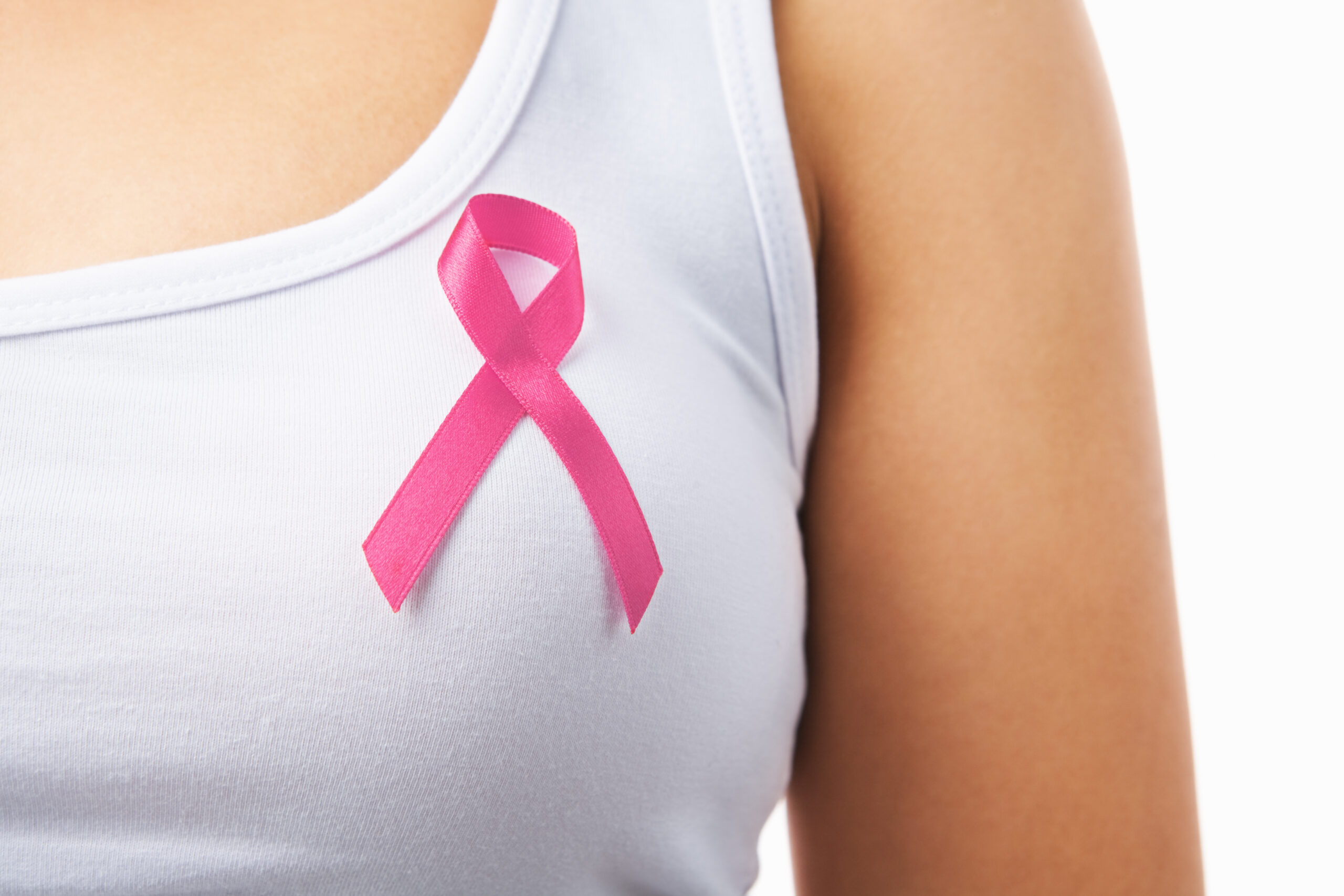Twenty years ago, three friends of mine, Jean, Penny, and Cindy. went in for their annual mammogram. All of them were in their mid-forties, had no history of breast cancer in their families and expected normal screenings. But instead of the pink envelope in the mail they usually got announcing clean bills of breast health, they got phone calls instead. Each needed a second screening and then a biopsy. All three met with their respective physicians and were given the news all women dread. “You have breast cancer.”
All of their stories have a happy ending, although it wasn’t easy getting there. They underwent chemo and radiation therapies, and Penny opted for a full mastectomy as an extra precaution. When asked why, she said, “It’s more important that I’m here to witness my children’s milestones and their children’s milestones than anything else in the world. It wasn’t that much of a sacrifice. An adjustment, yes. But not a sacrifice.”
Other than skin cancer, breast cancer is the most common cancer in women in the United States. According to the American Cancer Society (ACS), 1 in 8 women is affected by the disease. As high as those numbers appear, it’s not all bad news. Fewer women are getting and dying from breast cancer than ever before. “Cancer is not an inevitability. Women have more control over the disease than they think,” says Margaret I. Cuomo, MD, author of A World Without Cancer. “Everything we do from the moment we wake—from what we eat and drink to whether or not we exercise and avoid BPA, parabens, and other carcinogenic chemicals—is a factor that can turn on or off the genetic switches in our bodies, including ones that could lead to cancer. The risk of many cancers, including breast cancer, can be significantly reduced by living a healthy lifestyle.” (You can watch an interview with Dr. Cuomo here.)
Unfortunately, the most significant risk for breast cancer is being a woman—but taking specific measures can reduce your chances of developing the disease. While some factors, such as age, aren’t within your control, other factors are well within your reach to manage. What follows are 12 ways you can reduce your risk of breast cancer.
1. Manage your weight
If you are overweight or considered obese, your risk for breast cancer increases. An American Cancer Society (ACS) study found that women who gain 21 to 30 pounds after the age of 18 were 40% more likely to develop breast cancer than those who gain five pounds or less. While the 10,000 steps a day recommended by nearly all fitness devices sounds like a lot, studies have shown that walking 10,000 steps a day (about 5 miles) is a reasonable and consistent way to approach weight loss.
2. Step it up
Physical activity is tied to managing weight. Exercise is particularly important as you grow older and your metabolism slows. The Department of Health and Human Services and The American Cancer Society recommend getting at least 150 minutes of moderate aerobic activity a week. In the alternative, you can opt for 75 minutes of intense activity a week, or engage in a combination of both. But you don’t have to do it all at once. You can spread it out over a week. The Women’s Health Initiative (WHI) reports that walking briskly for about 90 minutes to 2.5 hours can reduce your risk of breast cancer by as much as 18%. Strength training can also help reduce your risk and can also improve your bone health.
3. Bend and stretch
More and more studies show that extended sitting increases the likelihood of developing cancer, especially for women. If you spend 6 or more hours each day sitting, you have a 10% greater risk for breast cancer. Women who sit less than three hours a day have lower risk. Many health apps and wearable health devices remind you to get up and take 250 steps each hour. 250 steps only takes a few minutes, but can increase your energy and focus – and get you moving in short bursts.
 4. Find alternatives to hormone replacement therapy
4. Find alternatives to hormone replacement therapy
Hormone replacement therapy (HRT) has been recommended by doctors as a viable way to help control symptoms of menopause. However, The Women’s Health Initiative determined that prolonged use of this type of treatment increases a woman’s risk of breast cancer by 24%.
Mary L. Gemignami, MD, a breast surgeon at Memorial Sloan-Kettering Cancer Center in New York says, “The average woman taking hormone therapy (HT) should weigh the potential increased breast cancer risk versus the quality-of-life component and limit the duration of use.” She added, “However, women with a significantly high risk of breast cancer should avoid taking it if at all possible, unless they’ve had their ovaries removed and are going through surgical menopause.”
If you opt for HT, the National Institutes of Health recommends reevaluating that decision with your doctor every 3 to 6 months and talk about other options to manage postmenopausal symptoms.
5. Put it out
It is well established that smoking is linked to an increased risk for lung cancer and a number of other respiratory disorders. But there is a growing body of evidence suggesting it is also linked to breast cancer risk. One of the best things you can do for your overall health is to stop smoking; or never to start.
6. Consider breastfeeding
Breastfeeding might play a role in breast cancer prevention. The longer you breastfeed, the greater the protective effect. According to the American Journal of Clinical Nutrition mothers who consistently breastfeed their babies for at least the first six months have a 10% reduced risk of death from cancer compared with those who don’t. “There is significant data that suggests that breastfeeding lowers risk,” says Otis Brawley, MD, chief medical officer for the American Cancer Society. “If a mom can do it, it’s worth trying.”
7. Reduce alcohol intake
Excessive alcohol intake increases a person’s risk of several types of cancer, including breast cancer. Studies show that women who have 2 to 3 alcoholic drinks a day have a 20% higher risk of getting breast cancer. Those who limit drinking to no more than 1 drink per day have a negligible increase. A drink is defined as 1.5 ounces of hard liquor, 5 ounces of wine or 12 ounces of regular beer.
8. Healthy diet/eat the right foods
Many benefits can be derived from eating a healthy diet, including lowering your risk of breast cancer. Harvard researchers recently found that women who had the highest carotenoid levels in their blood had a 19% lower risk of breast cancer than those with the lowest levels. Carotenoids are vibrant pigments that act as antioxidants and are found in fruits and vegetables such as leafy greens, carrots, tomatoes, and red peppers.
9. Be vigilant about detection/early detection
 Catching the presence of breast cancer early dramatically improves your prognosis. The American Cancer Society indicates the 5-year survival rate for breast cancer is 99% if found early and limited to the breast.
Catching the presence of breast cancer early dramatically improves your prognosis. The American Cancer Society indicates the 5-year survival rate for breast cancer is 99% if found early and limited to the breast.
If you’re of average risk, which means you have no family history of cancer, the U.S. Preventive Services Task Force recommends having a mammogram and clinical breast exam every one to two years beginning at age 50. The ACS recommends starting in your early 40s. Talk to your physician about the best screening regimen for you. Once you begin, the easiest way to remember it’s time for your screening is to arrange it around your birthday.
10. Know how dense your breasts are
One of the newest ways to protect yourself against breast cancer is knowing your breast density. Having more tissue than fat in your breasts makes cancer harder to detect on a mammogram. Having dense breasts makes you six times more likely to develop cancer.
If your breast density is high, there is nothing you can do to lower it, although it does tend to decrease with age. As an extra precaution, ask your doctor about adding an MRI or ultrasound to your screening. Or consider a digital mammography, which provides higher contrast, making abnormalities easier to see. Even if your breast density is low, you still need regular checkups.
11. Know your family cancer history, maternal and paternal
About 5 to 10 percent of all cancers, including breast cancer, are hereditary and passed down in families through a variety of mutated genes. A woman’s risk of breast increases if she has any of the following heredity links:
- First-degree relatives – mother, sister or daughter, or male relatives who have had breast cancer.
- Multiple family members on your mother’s or father’s side who have had breast cancer.
- Numerous diagnoses on either side of your family, including second- and third-degree relatives – aunts, uncles, and cousins.
If you have a troublesome family history of cancer, you may want to seek out a geneticist for genetic testing.
12. Avoid unnecessary screening tests
This step may seem counterintuitive. Mammograms are one of the best ways of detecting breast cancer, yet the ionizing radiation is a risk factor for the disease because it may cause DNA mutation in cells. But keep your mammogram appointment. The small risk far outweighs the benefit of early detection.
Robert N. Hoover, MD, ScD, director of the epidemiology and biostatistics program at the National Cancer Institute, says, “Mammograms deliver very small doses of radiation, and if you follow general guidelines, it’s not going to be an issue. The same is true for annual dental X-rays and airport security screening, and if your doctor says you need a diagnostic X-ray for any reason, the risk of minimal radiation exposure is outweighed by the possibility of diagnosing a potential medical problem.”
If your doctor tells you that you need an X-ray, make sure you understand the reason why; if you’re still not sure you need one done, get a second opinion.
 Previvors
Previvors
Someone who hasn’t had cancer but remains at high risk is sometimes referred to as a previvor. Previvors may take extra precautions to lower their risk of breast cancer. One such step is having a prophylactic mastectomy if you learn you have a BRCA mutation, something you can discover through genetic testing. Another option is increasing the frequency and types of screenings. There are also chemopreventive drugs you can take. These pharmaceuticals along with routine screenings and leading a healthy lifestyle can also reduce your risk. Ask your doctor for details on what may be available.
If you view yourself as a previvor and want to connect with others like yourself, visit FORCE and Bright Pink.

